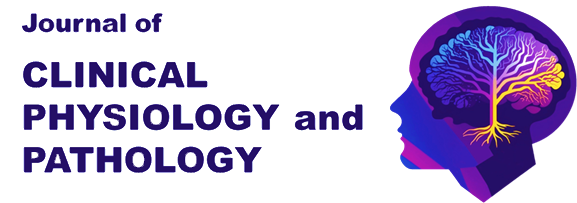Authors:
For citation:
Abstract:
The index of functional Changes (IFС) is a complex indicator based on the relationship between the heart rate of decrease and the associated risk of developing cardiovascular pathologies, as well as to study the state of vascular contractions, systolic and diastolic blood pressure, age, body weight and height. [2] The aim of the study is to compare the mechanisms of adaptation of the diseases of the cardiovascular system (CVS) in young men and women in the Russian Federation, to identify the main risk factors of the wall in young people depending on the functional reserves of the CVS. Materials and methods: The study includes 91 students aged 17 to 25 years. Heart rate (HR), systolic and diastolic blood pressure (SBP, DBP), height, body weight, waist and hip circumference were measured noninvasively in all participants. The ratio of waist and hip circumferences (RW/RH), body mass index (BMI) was calculated. The main tool in the study of vascular wall stiffness was photoplethysmography.
As a result of the research, an unequal distribution of IFC indicators between men and women was revealed. There were more women with a satisfactory level of adaptation, and men with the same level of IFC, therefore, less. These data indicate that men are most often at risk of developing CVS. The differences in the average values of the Kerdo index (IK). between men and women are statistically insignificant. Young people with a slight weight deficit and normal body weight have a greater potential for adaptation than people with excess body weight and obesity. According to photoplethysmography, the indicators of stiffness of vascular wall (VW) and the velocity of the pulse wave propagation through the vessels (VPWP) in young people with different adaptive reserves did not differ significantly.
Keywords:
